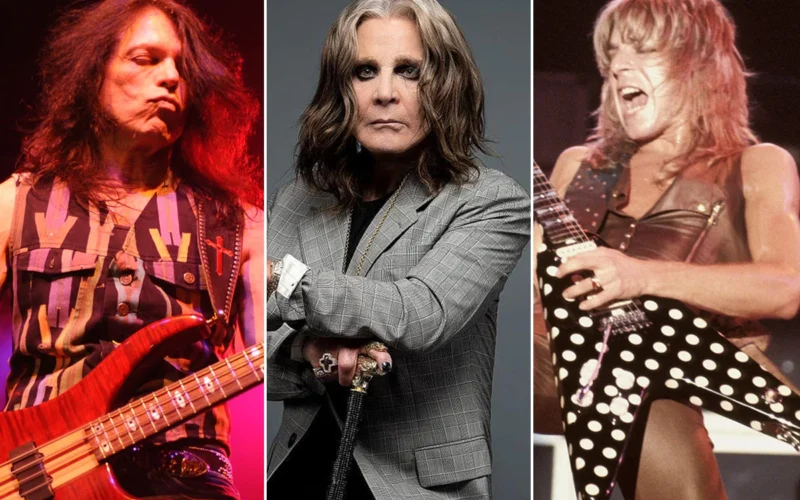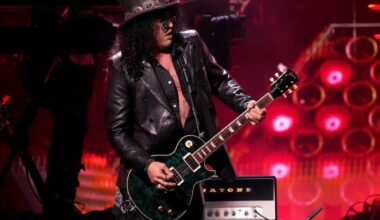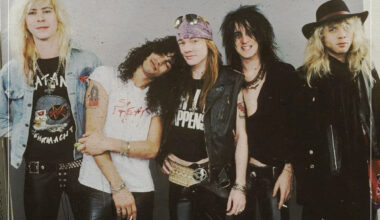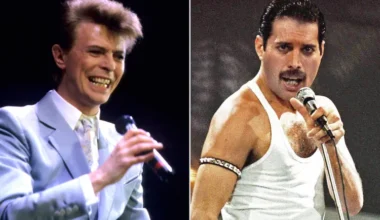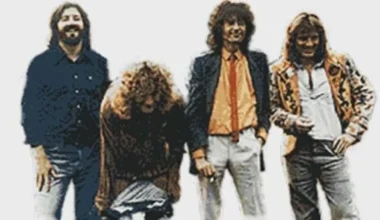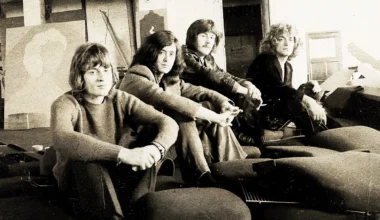Former Ozzy Osbourne bassist Rudy Sarzo has shared details about the critical decision-making process following guitarist Randy Rhoads’ tragic death. He revealed the band’s strategy to keep Ozzy alive during a recent appearance on The David Ellefson Show.
Sarzo explained the urgent approach taken by the band and management to prevent Ozzy from spiraling into a potentially fatal depression after losing his guitarist.
“We were auditioning guitar players,” Sarzo said. “Because here was the strategy: keep Ozzy moving. Do not cancel the tour. You cancel the tour, Ozzy goes home, Ozzy dies. Goes in the hole.”
The bassist emphasized the immediate need to continue touring despite the devastating loss.
“So, we gotta go back out there again,” he continued. “And then we’re gonna pick it up here, ten days later, after Randy passed away.”
Sarzo then detailed the chaotic audition process that followed. It involved confusion over who had actually been hired as Rhoads’ replacement.
“And what happened was that Dave Arden, Sharon’s brother from the office in London, sends over Bernie Tormé,” he explained. “He comes in, and during auditions, he’s already been hired. He’s already been paid in advance to come in and play in the band. But he comes in, and he sits in the corner waiting his turn.”
The situation became more complicated when Sarzo’s own brother became involved in the audition process.
“And so, actually, my brother [Robert Sarzo] was part of the audition, and Sharon and Ozzy wanted him to be in the band, to continue,” Sarzo recalled. “So when Bernie hears that, he says, ‘Oh. But I’ve already been paid. I’ve been sent here.’ This is like two or three days of this going on, at least, of Bernie just sitting there, knowing he already had the gig!”
Sarzo attributed the confusion to the limited communication technology available in the early 1980s.
“This is the kind of, like, chaos that was going on,” he said. “Of course, this is from a date 40-something years ago, when we didn’t have texting, cell phones, all these other lines of technology to communicate.”
The urgency behind the band’s decision to continue touring becomes clearer when considering the circumstances surrounding Randy Rhoads’ death and its impact on the music world.
Ultimate Classic Rock reported that Randy Rhoads died in a fiery plane crash on March 19, 1982, in Leesburg, Florida, at just 25 years old. The tragedy was particularly devastating because Rhoads was known to have a fear of flying. He was a dedicated musician who spent his downtime practicing rather than engaging in the rock and roll lifestyle’s excesses.
All That’s Interesting documented that the crash occurred when the plane, piloted by the band’s driver Andrew Aycock, clipped a tour bus close to where the band was sleeping. The accident killed Rhoads along with seamstress Rachel Youngblood and Aycock himself. This created an immediate crisis for the tour and Ozzy’s mental state.
The timing of the tragedy made Sarzo’s concerns about Ozzy’s wellbeing even more pressing. WRAT noted that Rhoads played his final show on March 18, 1982. His last conversation with Ozzy involved warning the singer about his heavy drinking. This detail reflects Rhoads’ concern for Ozzy’s wellbeing even in their final hours together. It made the guitarist’s sudden death all the more traumatic for the already troubled frontman.
Despite his brief career, Rhoads was already recognized as a pivotal figure in metal music. This made his loss particularly significant for both the band and the broader rock community. The context of his death and his relationship with Ozzy underscores the gravity of Sarzo’s revelation about the band’s desperate efforts to keep the singer moving forward immediately after such a devastating personal and professional loss.
